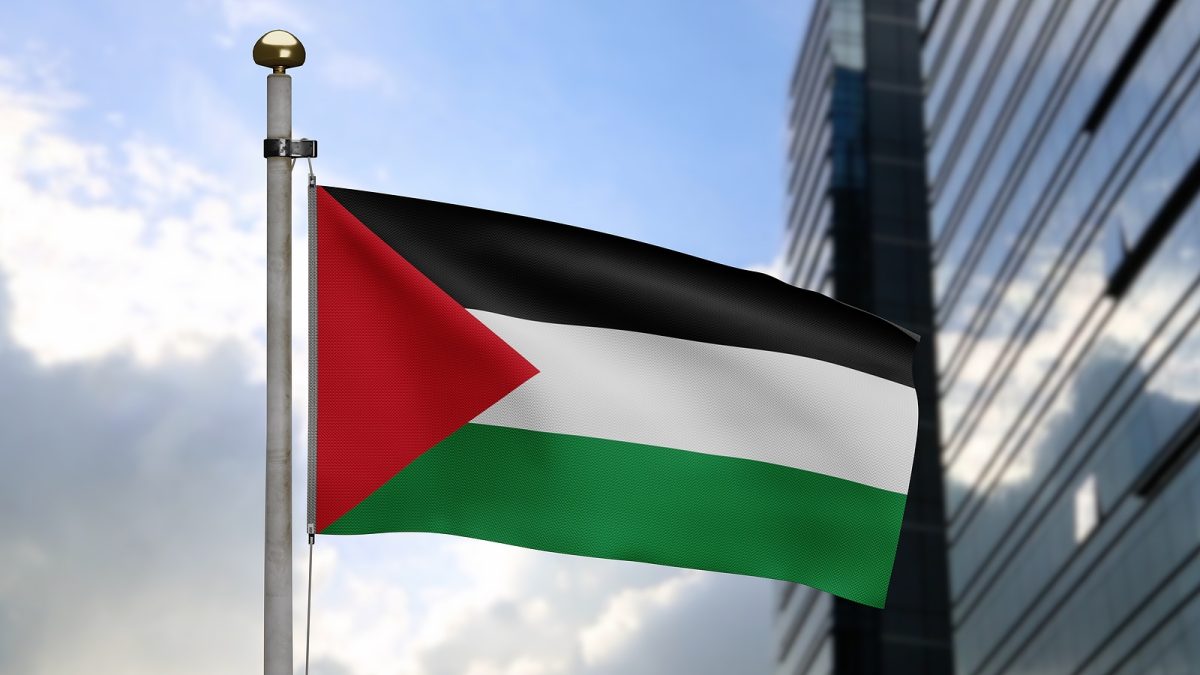Conflict and tension in the Middle East has been one of the most difficult issues confronting world leaders since Israel became a nation on May 14, 1948. One of the greatest obstacles to Arab – Israeli peace is the issue of Palestinian refugees who trace their origins to the events before and after that date.
Tensions between the Arabs and the Jews in the area of Palestine increased when Jews began emigrating to the area in the early 1900s, fleeing anti-Semitism in Eastern and Western Europe.
Israel had been a people without a homeland since the Roman Empire defeated and destroyed Israel in the first century. Dispersed among the nations, the Jewish people longed to return to the land given to the descendants of Abraham, Isaac, and Jacob.
The question, “What do we do with these Jews?” was answered by anti-Semitism and persecution throughout Europe, East and West. Jews came in waves of tens of thousands to Palestine, seeking a homeland. When Adolf Hitler proclaimed the “Final Solution” to the question “what do we do with these Jews?”, immigration to Palestine became a matter of life and death.
Tensions flared in Palestine as Arabs grew increasingly concerned with the sheer number of Jews making Aliyah; emigrating to Palestine. Riots and armed skirmishes increased. Efforts to find peaceful coexistence came to naught.
The conflict between the Arabs and Jews fell to the British Empire, who were given authority to govern Palestine by the League of Nations in 1917 when the British defeated the Turks of the Ottoman Empire in WWI.
Under the British Mandate, the conflict between the Arabs and Jews became untenable. Jews fled Nazi Germany only to encounter a British naval blockade. Ships filled with Jewish refugees were turned back or held in camps on Cyprus. The British were trying to appease the Arabs who objected to the sheer number of choose escaping Germany.
The British gave notice to the United Nations that they would terminate their mandate of authority over Palestine, giving a deadline of May 15, 1948. The United Nations responded with a plan of partition, giving Jews and Arabs distinct boundaries and borders for two new states, one Jewish, one Arab.
The Jews accepted the partition plan and declared themselves to be the State of Israel on May 14, 1948. The Arabs rejected the partition plan and immediately declared war on the newly formed State of Israel. The Arabs would not acknowledge Israel’s right to exist and declared the intent of the war to be total annihilation of Jews in Palestine.
War between five Arab nations, the Palestinian militias and Israel resulted in victory for Israel, expansion of its boundaries, and Palestinian refugees. Arabs to this day refer to it as Al Nakba, or, “the disaster.”
How these Palestinians became refugees has been debated by historians since the end of the war. There are in fact several factors that caused those Palestinians to become refugees.
Those Arab nations, who in 1948 were determined to destroy Israel, warned in advance those Arabs living in the war zone to remove themselves so as not to be collateral damage in the war. Arab leaders promised these Palestinian Arabs that they would be removed from their homes only temporarily. After the complete annihilation and defeat of Israel, they could return to their homes. To this day, the “right of return” of these Palestinian Arabs is a point of contention.
Other Palestinian Arabs who had the means, removed themselves voluntarily. They also wanted not to be collateral damage in a war. They also have made claims of the right to return.
As the fighting commenced, Israeli soldiers advanced swiftly. When they came to an Arab village, they would send delegates to the village leaders, asking, “Will you take up arms against us?” If they said they would not take up arms, they would be welcomed into the new state of Israel. If the Arab village leaders were determined to fight, the Israeli Defense Forces (IDF) would expel them to join the other Palestinian refugees. They could not have enemies within their borders.
Other Arab villages and cities would simply flee when defeat became certain. They were convinced that since the Arabs had determined to annihilate the Jews, they themselves would be annihilated if their city was taken by Israel. Reassurances by the IDF were rebuffed. Many Palestinian Arabs fled in the face of certain defeat and joined other Palestinian refugees.
The Arab/Israeli war of 1948 resulted in approximately 750,000 Palestinian refugees. The Six-Day War of 1967 brought further Palestinian Refugees. According to the United Nations Relief and Works Agency for Palestine refugees in the near East, there are today approximately 5 million Palestinian refugees.
By Pastor Rich Jones

